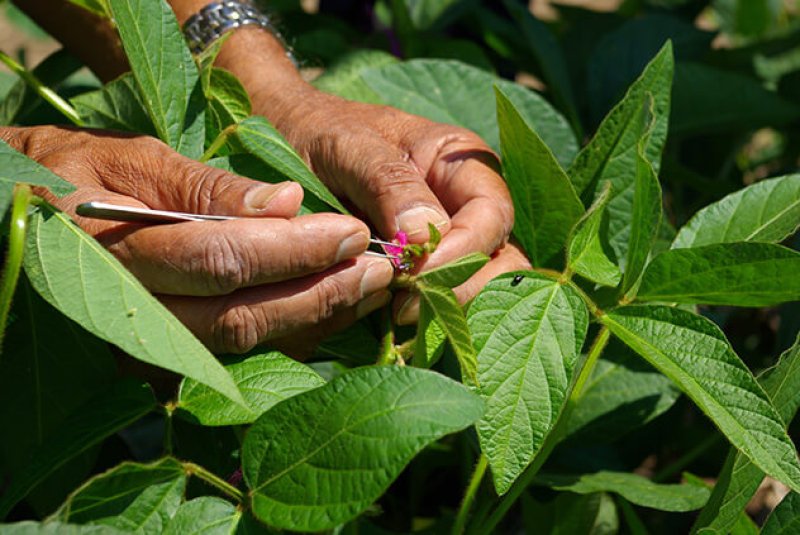Humans have been breeding plants for millennia. Our ancestors began to domesticate plants (and animals) at least 10,000 years ago, allowing nomadic tribes to become stationary and form communities as they no longer had to pursue their food.
…
The origins of improving plants by selection can be traced back to about 1700. Perhaps the most famously know botanist was Mendel for his 1865 published research on how plant genetics were passed as traits from one generation to the next. However, it wasn’t until 1900 that his discoveries were widely recognized and adopted.
The main technology used today in plant breeding is known as mutagenesis, which dates back to the 1930s. There are two main forms of breeding new lines though mutagenesis: chemical and radiation.
…
While the observed traits from mutagenesis are random as a result of their treatment, plants observed with preferable traits are further bred for their seeds and have been the staples of plant breeding for over 80 years ….[I]nstead of random, untargeted effects, scientists [now] can [breed] plants with the precise knowledge of what is being changed allow for the more rapid development of new crop varieties.
…
The [European] decision to classify future plant breeding techniques as …. GMO matters …. Genome editing is a scientific extension of mutagenic technology that’s been employed in new plant variety development for over 80 years. [It] is the future of plant breeding. The question is where and who will be allowed to develop crops using these technologies.
Read full, original article: Evolution of Plant Breeding































